Nothing beats the taste of freshly harvested spices straight from your garden — and peppercorn plants are a wonderful way to add bold, aromatic flavors to your home cooking. Known for producing the pepper berries that become black, white, green, and pink peppercorns, these plants also offer attractive foliage and a touch of tropical charm. Many peppercorn varieties thrive in warm, humid climates and can even grow in containers indoors. Here’s a look at seven exciting peppercorn plants you can grow for fresh spice at home.

1. Piper nigrum (Black Pepper)
The classic Black Pepper Plant, or Piper nigrum, is a woody tropical vine native to India. This plant produces clusters of small, green berries that turn red as they ripen. The berries are harvested and dried to make black, white, or green peppercorns. It thrives in warm, humid conditions with partial shade and well-drained soil. You can train it on a trellis or support to climb vertically. Its lush foliage and culinary value make it a prized addition to spice and herb gardens.
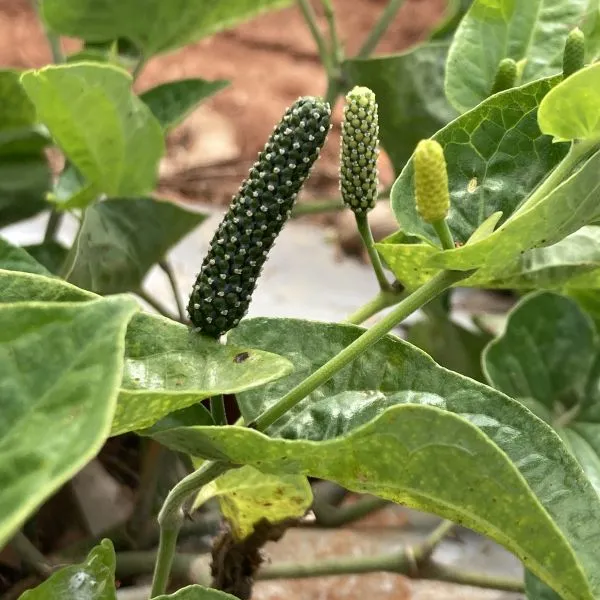
2. Piper longum (Long Pepper)
An ancient spice with a history that predates black pepper in many cultures, Piper longum produces long, cylindrical fruits packed with pungent, peppery flavor. Native to India and Southeast Asia, this plant prefers tropical conditions with partial shade and consistently moist soil. The dried fruits of long pepper are used in traditional medicine and specialty cuisines, offering a complex flavor profile with hints of spice, sweetness, and warmth. It makes a fascinating, conversation-starting plant for adventurous gardeners.
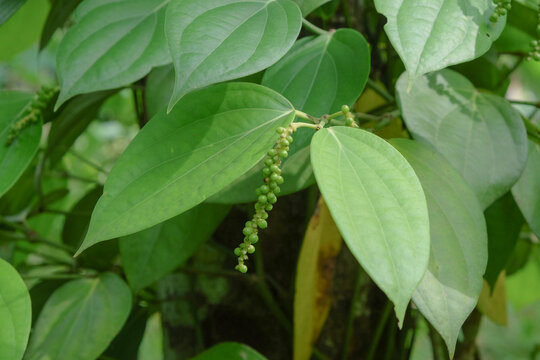
3. Piper cubeba (Cubeb Pepper)
Known as Tailed Pepper or Cubeb Pepper, Piper cubeba produces small, peppercorn-like fruits with a distinctive tail at the end. Native to Java and Indonesia, it was once highly prized in medieval European cuisine and herbal medicine. The berries have a sharp, aromatic flavor with hints of clove and allspice. This climbing vine thrives in tropical to subtropical climates, needing plenty of humidity, warmth, and indirect sunlight. Cubeb pepper adds exotic charm to spice gardens and can also be grown in greenhouses or conservatories.
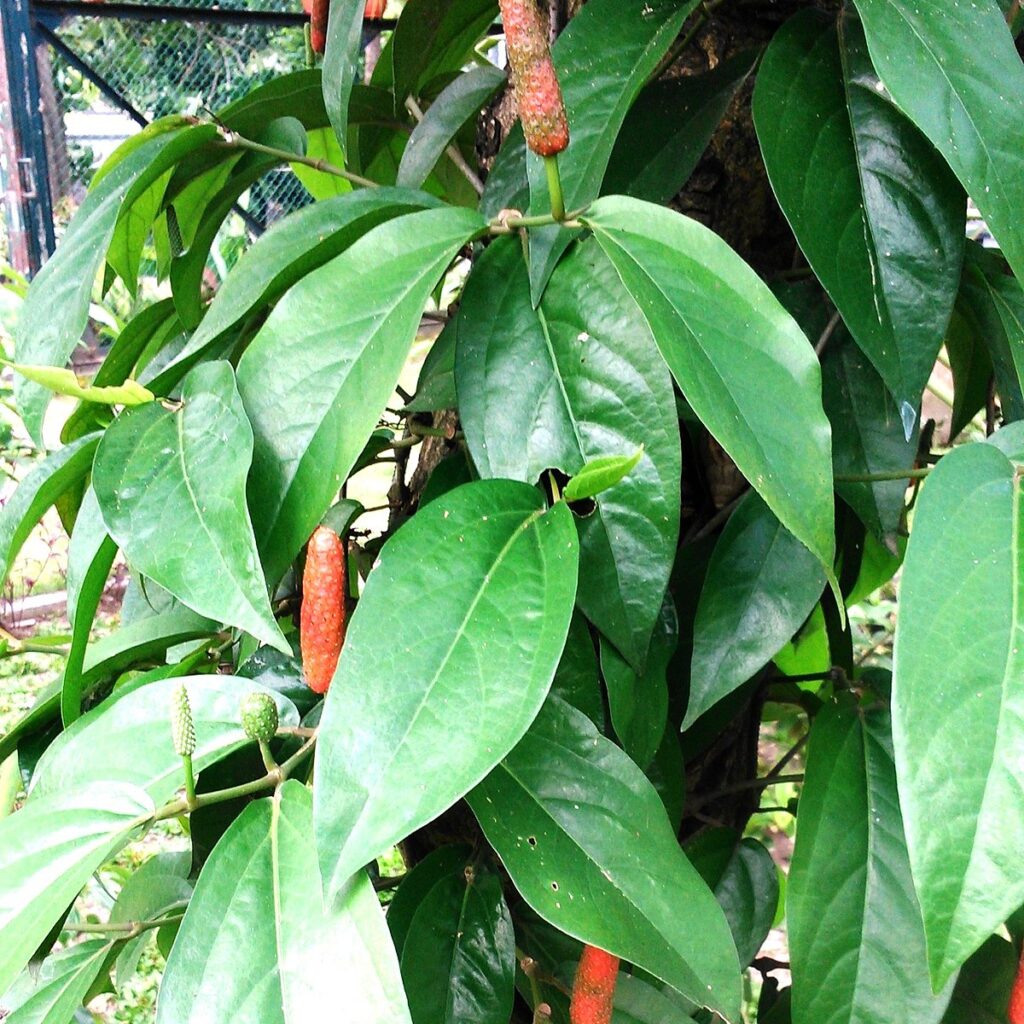
4. Piper retrofractum (Balinese Long Pepper)
Closely related to Piper longum, Piper retrofractum, or Balinese Long Pepper, is native to Indonesia and used extensively in Southeast Asian cuisine. Its fruit is similar in appearance and flavor to its Indian counterpart but typically shorter and slightly milder. This tropical vine enjoys humid, shaded environments and well-drained, rich soil. Its unique pepper spikes can be harvested, dried, and ground for use in soups, stews, and sauces. It’s a great plant for those looking to explore traditional and regional pepper flavors.

5. Schinus molle (Pink Peppercorn Tree)
Though not a true pepper plant, Schinus molle, commonly called Pink Peppercorn Tree, produces peppery-tasting pink berries often sold as pink peppercorns. Native to South America, this drought-tolerant, fast-growing tree thrives in warm climates and well-drained soils. Its graceful, weeping branches and fragrant foliage make it a popular ornamental as well as a spice source. Pink peppercorns have a mild, fruity, and slightly sweet heat, perfect for culinary use in sauces, marinades, and spice blends.
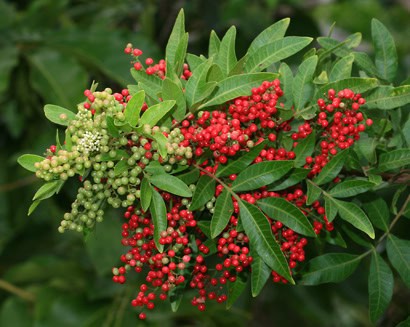
6. Schinus terebinthifolia (Brazilian Pepper Tree)
Another source of pink peppercorns, Schinus terebinthifolia produces clusters of bright pink to red berries with a peppery, aromatic flavor. Native to Brazil and other parts of South America, this ornamental tree is often grown for its decorative appeal and culinary berries. It’s drought-resistant and thrives in sunny locations with well-drained soil. While it adds a bold, peppery touch to dishes, gardeners should be cautious, as its aggressive growth can make it invasive in some regions.
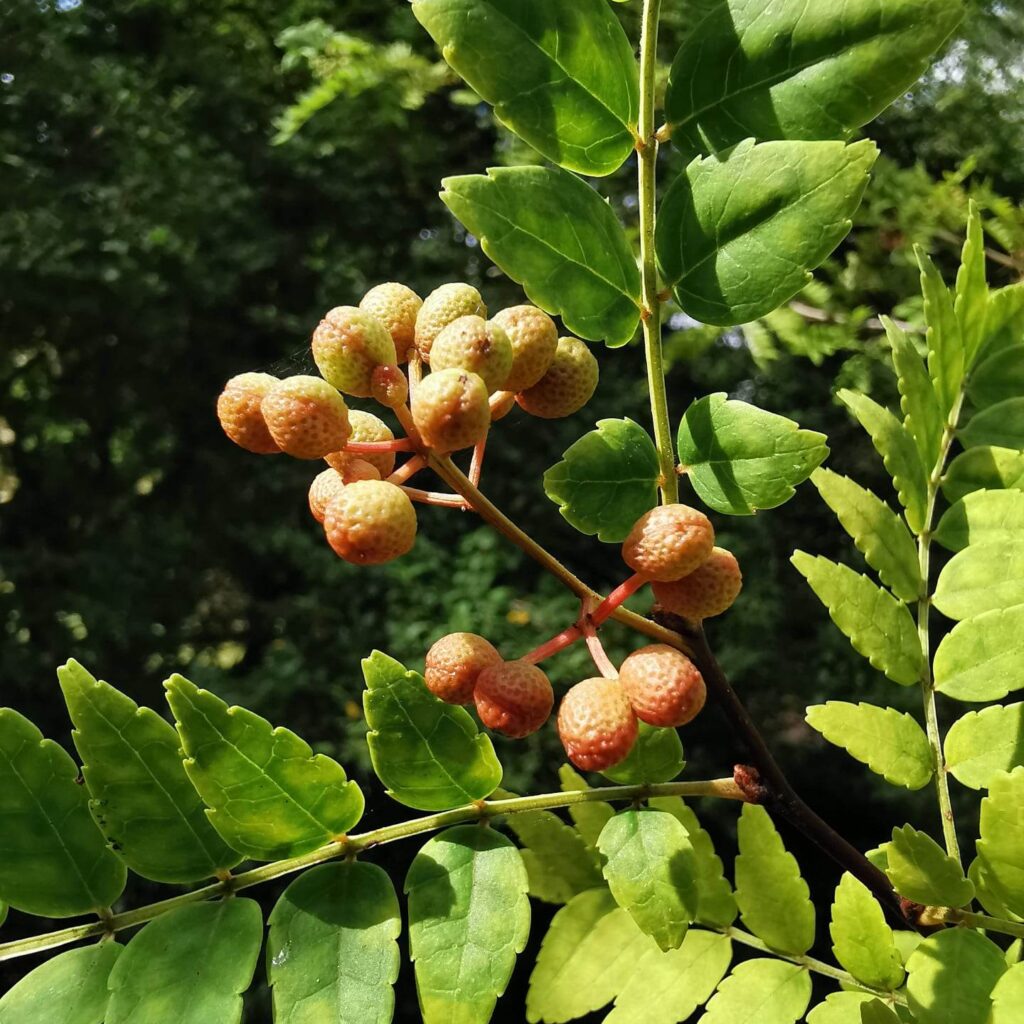
7. Zanthoxylum piperitum (Japanese Peppercorn)
Better known as Sansho Pepper, Zanthoxylum piperitum is a small deciduous tree native to Japan and Korea. Its aromatic berries, used as a spice in Asian cuisine, have a citrusy, mouth-tingling flavor akin to Sichuan pepper. The plant also produces delicate flowers and attractive foliage, making it a lovely ornamental shrub or small tree. It grows best in temperate to subtropical regions with well-drained soil and full to partial sun. Sansho pepper is valued both for its culinary uses and its ornamental appeal.
Conclusion
From the bold heat of Black Pepper (Piper nigrum) to the citrusy zest of Sansho Pepper (Zanthoxylum piperitum), these peppercorn plants offer unique flavors and ornamental beauty for your home garden. Whether grown in the ground, trained on a trellis, or cultivated in containers, these spice plants bring an exotic flair and fresh, homegrown seasonings to your kitchen.





Leave A Comment